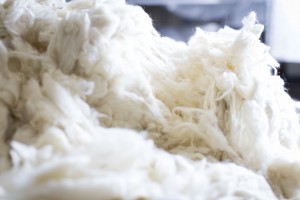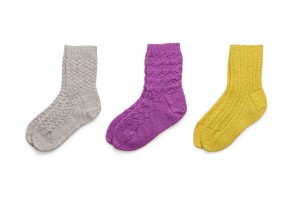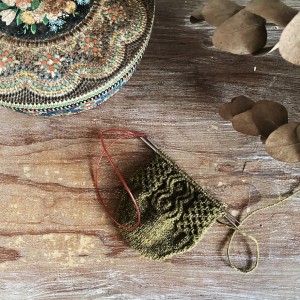Which is more suitable for making socks, wool or cashmere?
Wool and cashmere are common materials for woolen products, originating from different parts of sheep and possessing different characteristics and uses. So, which is more suitable for making socks? Let’s discuss.
Firstly, let’s understand the difference between wool and cashmere. Wool refers to the hair cut from a sheep’s body, typically used for making warm clothing and fabrics due to its excellent insulation and elasticity. Cashmere, on the other hand, is derived from the outer hair of a goat, and is extremely soft, lightweight, and has excellent insulation and antibacterial properties.
In terms of making socks, both wool and cashmere have their own advantages. Wool is very popular due to its elasticity and insulation properties. It can maintain a certain degree of warmth even when wet, which can keep the feet warm and prevent slippage. Additionally, wool can resist static electricity and reduce its impact on the body.
On the other hand, cashmere also has unique advantages. Due to its softness and lightweight, cashmere socks are very comfortable and can be worn for long periods without discomfort. Cashmere can also regulate temperature, making it suitable for wearing in cold winter and warm spring and autumn seasons.
However, cashmere is relatively expensive and requires special care, resulting in higher costs. In comparison, wool socks are more affordable and easier to maintain.
In conclusion, both wool and cashmere have their advantages in making socks. If you need better insulation in the cold winter, choosing wool socks may be more suitable. If you value comfort and lightweight, cashmere socks may be more suitable for you. Of course, regardless of the material you choose to make socks, proper maintenance is necessary to prolong their service life and ensure the health and comfort of your feet.
Post time: May-03-2023


